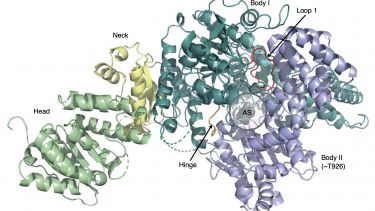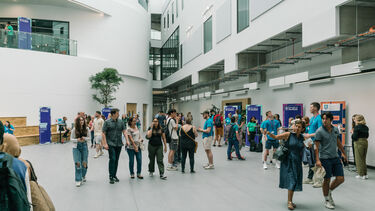Chlorophyll biosynthesis in bacteria and plants
We study how the pigments of life, chlorophylls and bacteriochlorphyll are synthesised and assembled into photosynthetic complexes

Billions of tonnes of chlorophyll are made every year, on land and in the oceans, colouring the Earth and providing plants, algae and photosynthetic bacteria with the nanoscopic solar panels that absorb sunlight. Over decades of research we have identified and cloned the genes for the enzymes of chlorophyll biosynthesis, and we have overexpressed them in E. coli, so we can purify each enzyme and find out how it works. We have put the complete set of chlorophyll biosynthesis genes into E. coli, which turns the cells green, so now we know we can assemble all the chlorophyll biosynthesis enzymes in a foreign cell, and that they work together to make chlorophyll. This metabolic engineering not only addresses important biological problems such as the concept of the minimal amount of genetic information required for photosynthetic life but also lays the groundwork for engineering cell factories with light-powered metabolism.

Experience Sheffield for yourself
The best way to find out what studying at Sheffield is like is to visit us. You'll get a feel for the atmosphere, the people, the campus and the city.
